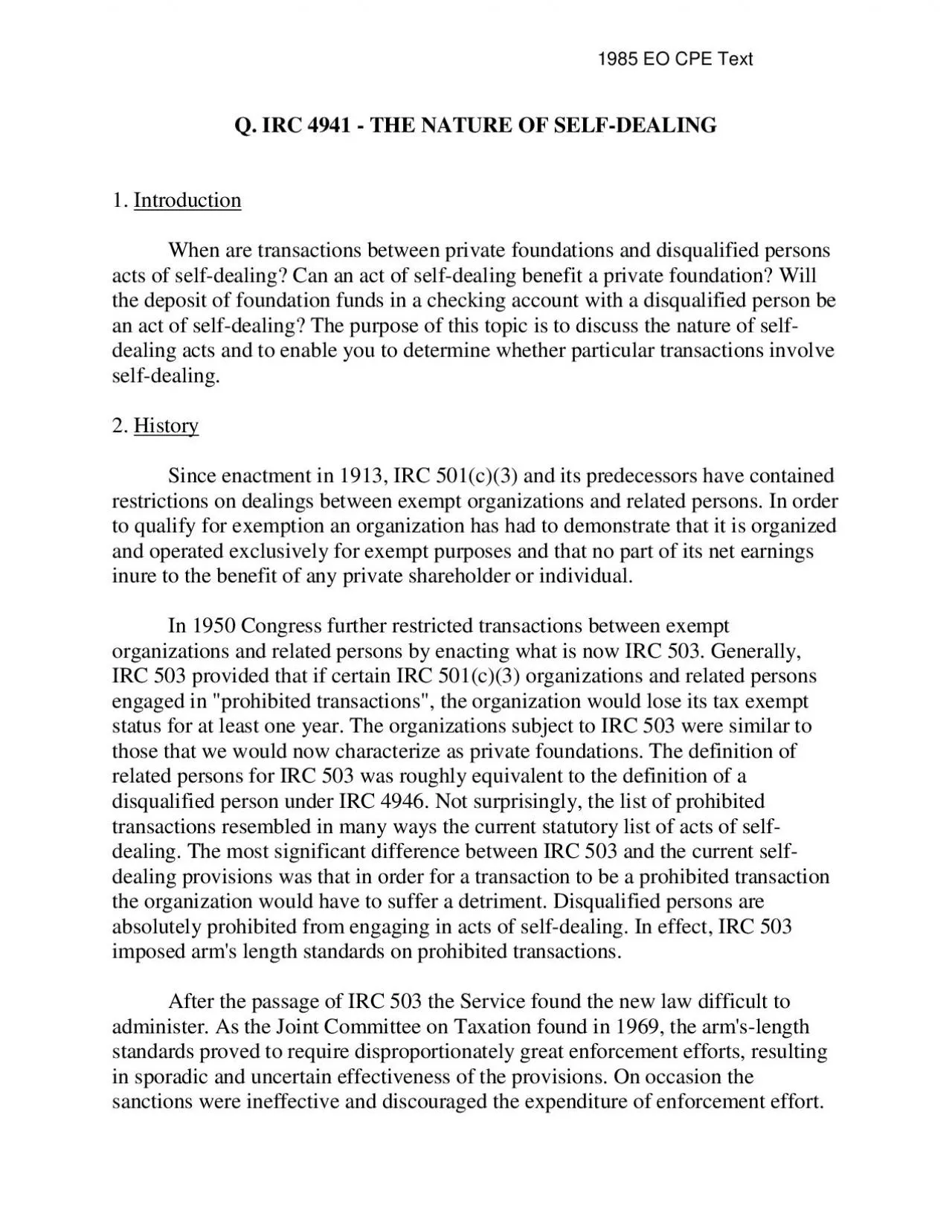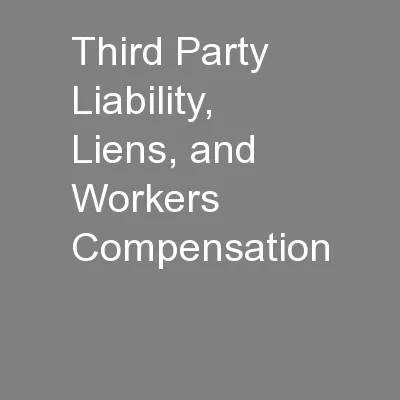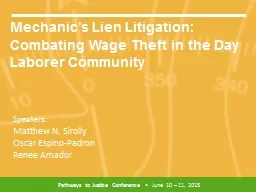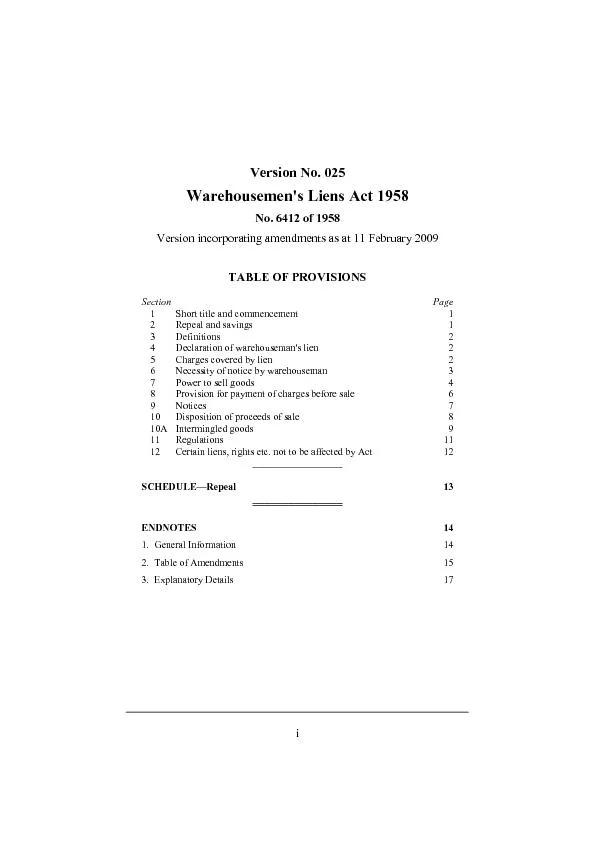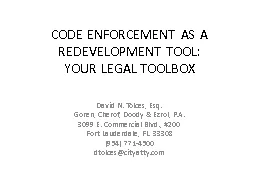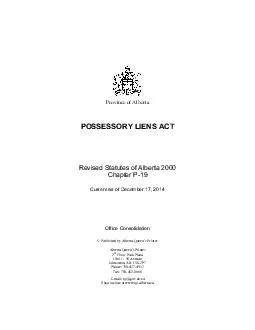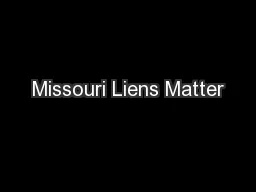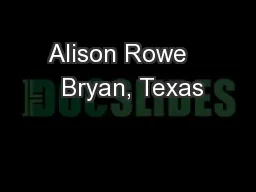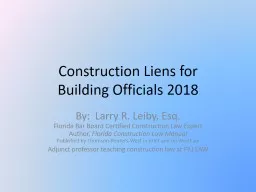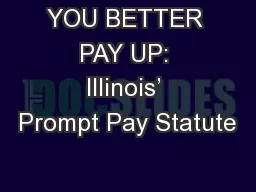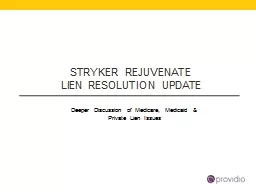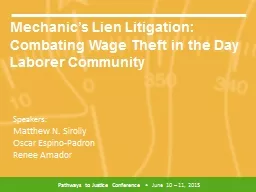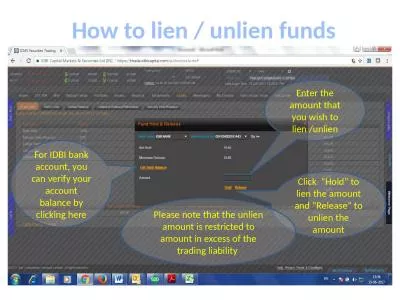PDF-liens It does not include any lien which is insignificant in
Author : cadie | Published Date : 2021-09-30
relation to the fair market value of the property transferred Published examples of the application of IRC 4941d1A include a3Rev Rul 7618 19761 CB 355 holding that
Presentation Embed Code
Download Presentation
Download Presentation The PPT/PDF document "liens It does not include any lien which..." is the property of its rightful owner. Permission is granted to download and print the materials on this website for personal, non-commercial use only, and to display it on your personal computer provided you do not modify the materials and that you retain all copyright notices contained in the materials. By downloading content from our website, you accept the terms of this agreement.
liens It does not include any lien which is insignificant in: Transcript
Download Rules Of Document
"liens It does not include any lien which is insignificant in"The content belongs to its owner. You may download and print it for personal use, without modification, and keep all copyright notices. By downloading, you agree to these terms.
Related Documents

